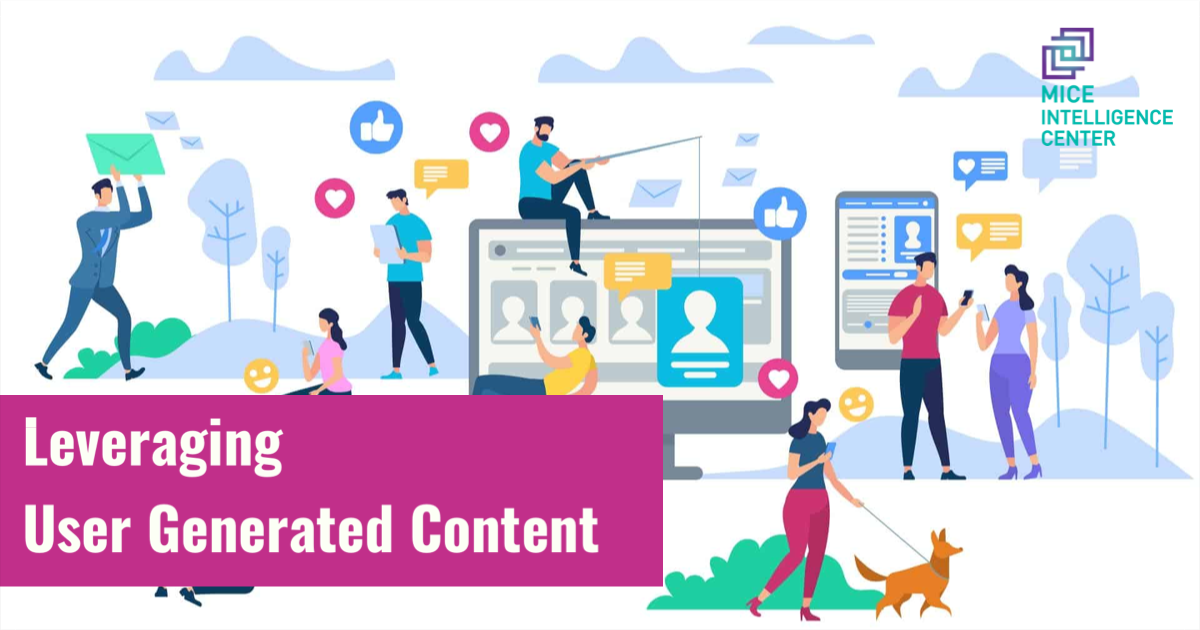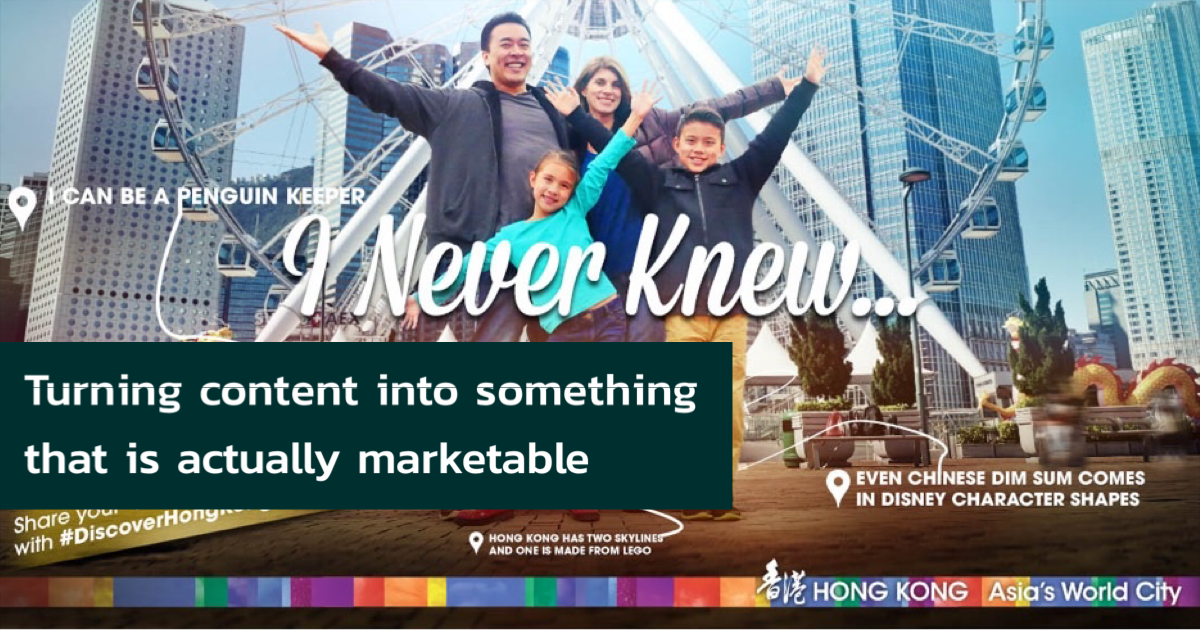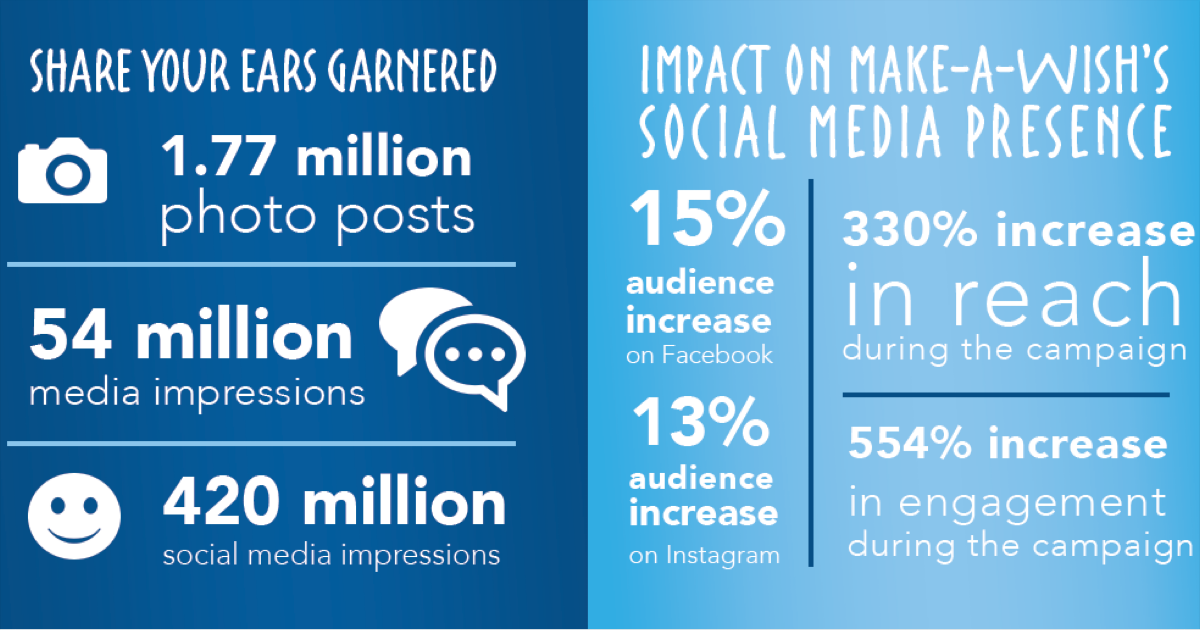
Nowadays, the nature of marketing has fundamentally been changed. Before, we used to trust brands for their identity, whereas now, consumer opinions are a big driving force as we are more inclined to look for social proof for validation. These points were backed up by an interesting statistic that over 2.5 billion pieces of UGC are uploaded every day.

For the UGC marketing process, which heavily involves the curation of content, or turning content into something that is actually marketable. One case study that was provided was Hong Kong and how to ‘dress up a destination.’ In order to leverage social media, murals were painted across the city complete with QR codes that had links to various promotions. Therefore, if tourists found a mural, all they had to do was upload a photo and ‘check in’ to the location to receive benefits.

Other examples included the first ‘Instagram travel agency’ in Scotland, which provided travellers with real photos taken from real trips; Norway’s social media account titled ‘Sheep with a View’ that presented photos and videos of attractions taken by cameras strapped to the backs of sheep; Disney’s #ShareYourEars campaign that had users generate content for a good cause; and finally, Obama’s ‘It’s On Us’ campaign to stop sexual assault, where people could personalise logos to be shared on Twitter, Facebook and other platforms.

In essence, professionals discussed the importance of controlling the narrative by empowering customers and giving them the right tools. However, they also talked about how businesses need to consider that certain platforms are more beneficial for specific goals and audiences. For example, millennials are most invested in UGC, whereas Gen Z and the older demographic are less influenced. Rather, older consumers are still more inclined to believe brand advertising and use traditional means of purchasing.



